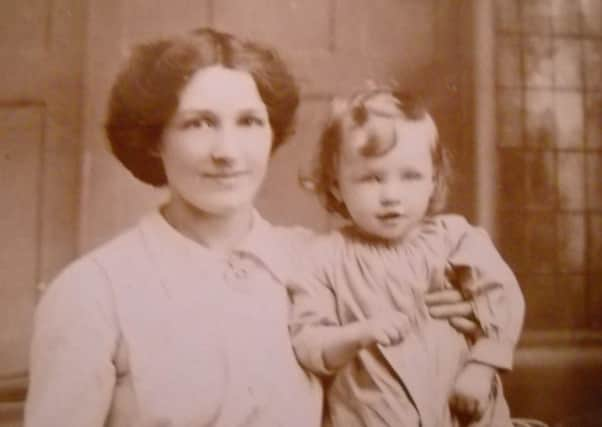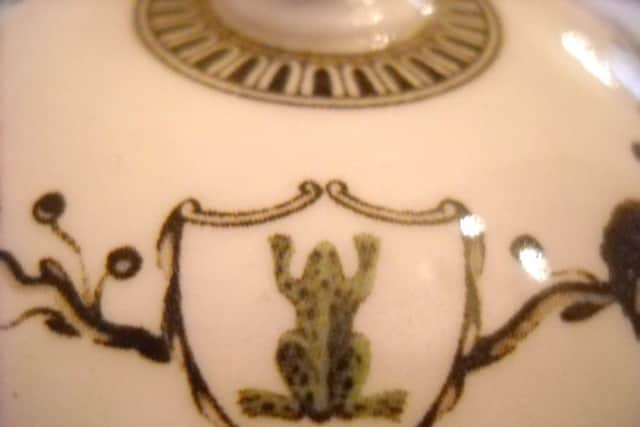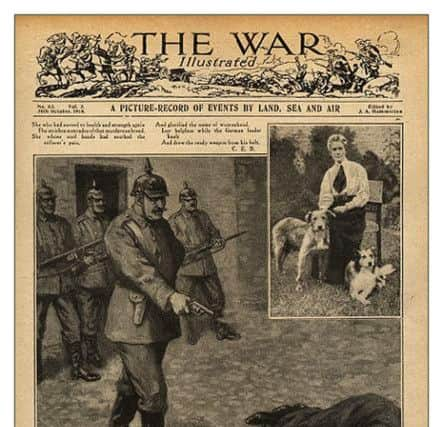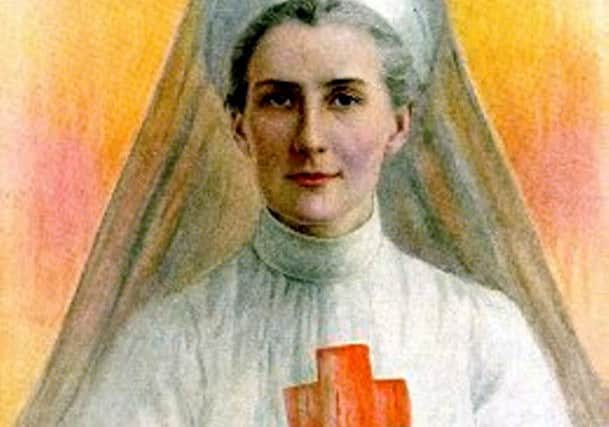NOSTALGIA: At last: women win the right to vote '“ well, only some of them


As with so-called facts, the detail has been simplified beyond the truth.
Simon says: ‘Of my four great grandmothers, only one received the vote in 1918 though they would have received the vote if they had been men as they were all over 21.
Advertisement
Hide AdAdvertisement
Hide Ad‘The other three were under 30 which excluded them before any of the other qualifications were considered.’


Simon sent me the picture on the right which shows Florence Hart with her son at the time of her enfranchisement.
‘She was a member of that first generation to vote and appears on the voting register for Jessie Road, Southsea,’ he adds.
‘The act of parliament not only gave some women the vote but also split the Portsmouth constituency into three; Central, North and South. This abolished a tradition of Portsmouth electing two MPs going back to 1295.’
Advertisement
Hide AdAdvertisement
Hide AdSimon continues: ‘One of my favourite stories about MPs for Portsmouth before the 1918 Act refers to Peter Taylor who was MP in the 1770s.


‘He was an ambitious man and wanted his estate to be represented on the magnificent Frog Service commissioned by Catherine the Great in 1773.
‘He made available to Josiah Wedgwood, who was making the service, topographical drawings of Purbrook House, Portsdown Hill, to be copied and included among the 952 pieces.
‘He succeeded as his estate is recorded forever in monochrome sepia on a 12in round cover now held at the State Hermitage in Russia.’
Simon says that Portchester Castle appears on a plate.


Advertisement
Hide AdAdvertisement
Hide AdHe continues: ‘One of my favourite stories about the electorate after the 1918 Act is based on one learned in my family.
‘The Voting Register for 1928 showed a lady called Rose Cavell qualified to vote at the same address as my great grandparents in Jessie Road.
‘Cavell was their lodger and told the family that she was the neice of Nurse Edith Cavell who was famously shot by the Germans in 1915 for treason.
‘I have always wondered what brought Rose to Portsmouth and I wondered if any of your readers have any interesting lodger stories.’